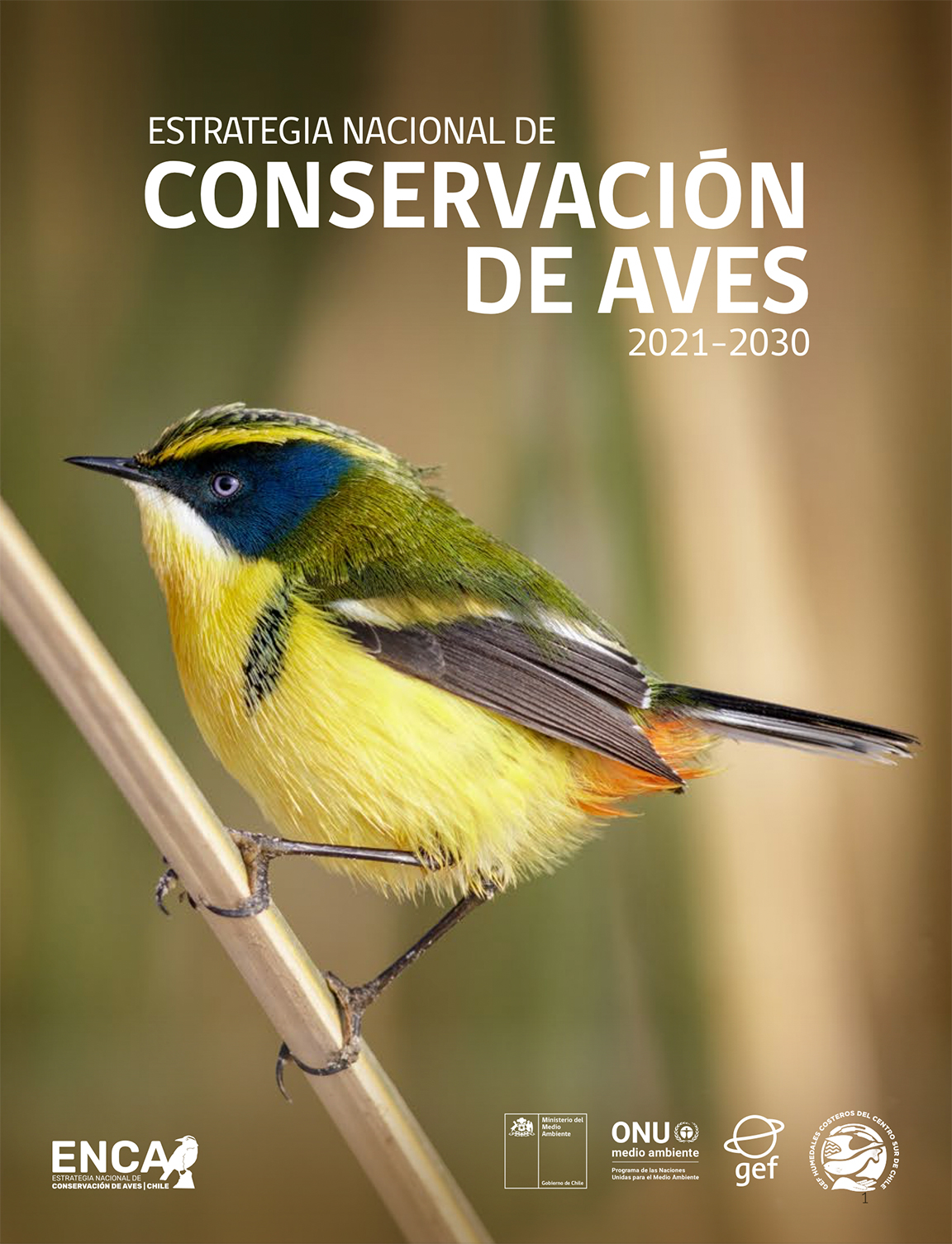Chile Bird Conservation Strategy

Biodiversity is declining rapidly and globally as a result of unsustainable development activities (Díaz et al., 2019; IPBES, 2019), which have led to a loss and degradation of a large part of the world’s natural ecosystems, and Chile is no exception. Despite not being a megadiverse country in its avifauna (528 species; updated from Barros et al., 2015), Chile does form an important part of ecosystems that possess a high degree of endemism in these species and has globally recognised habitats for bird conservation (Fisheries New Zealand, 2020; Francois Vuilleumier, 1985).
Birds and their habitats are challenged by a large number of threats in the country, ranging from cross-cutting threats (e.g. climate change and invasive alien species) to particular threats associated with a bird group and/or ecosystem (e.g. bycatch). This affects not only the biodiversity of birds and their ecological roles, but also human well-being. This highlights the importance of establishing strategic planning for bird conservation in Chile. To address the threats to birds and their habitats in Chile, eight lines of action were defined, each with a set of associated actions:
1. Research and monitoring for conservation
2. Partnerships and agreements for conservation
3. Public policy and regulation
4. Enforcement and control
5. Good practices and incentives for conservation
6. Conservation finance
7. Management and management tools
8. Community engagement.

The Coastal Solutions Fellows Program builds and supports an international community to design and implement solutions that address coastal challenges across the Pacific Americas Flyway. Our main goal is to conserve coastal habitats and shorebird populations by building the knowledge, resources, and skills of Latin American professionals, and by fostering collaborations among multiple disciplines and sectors.
